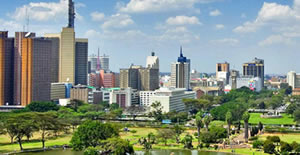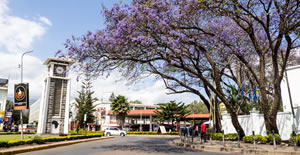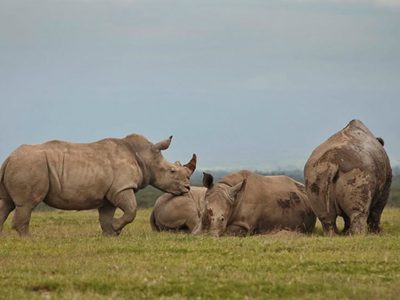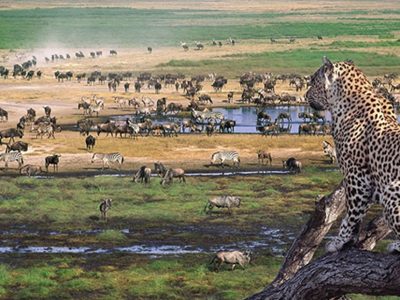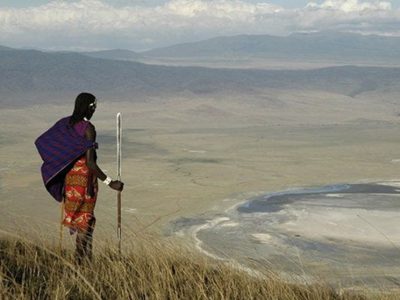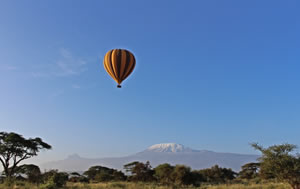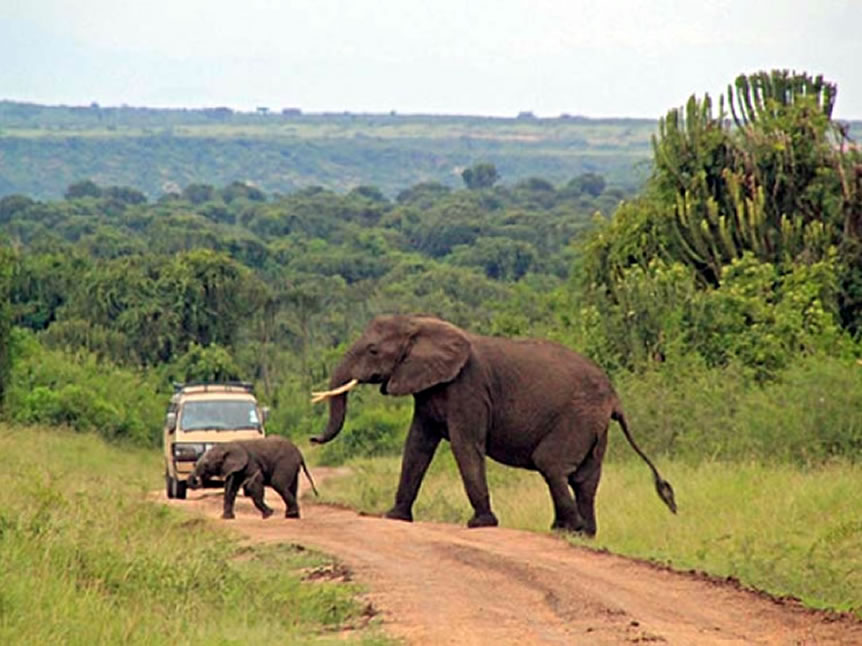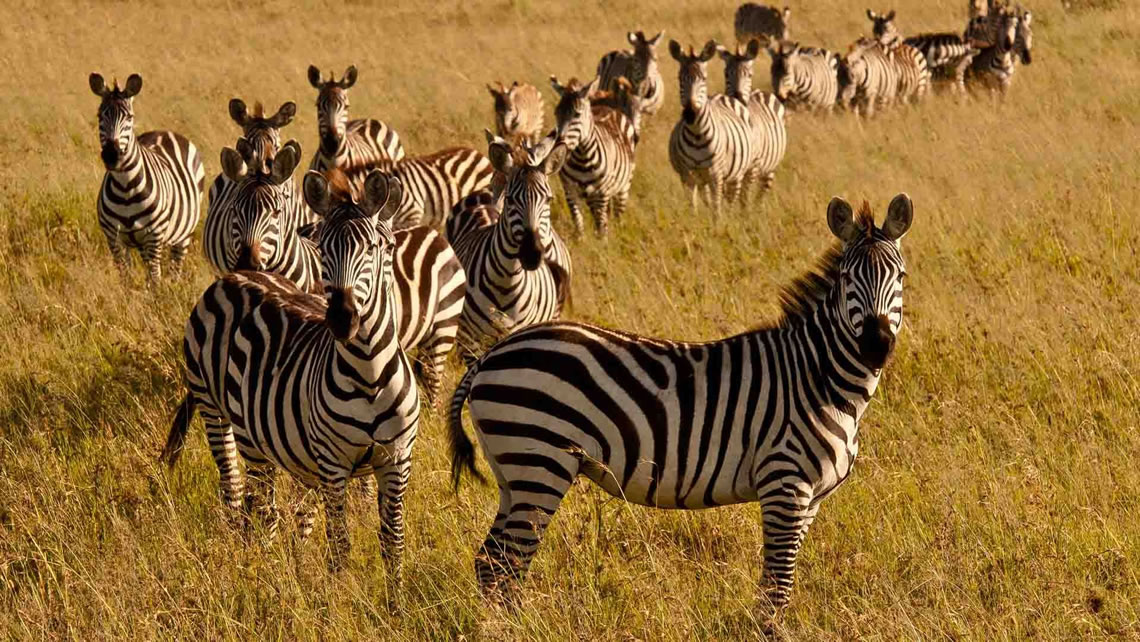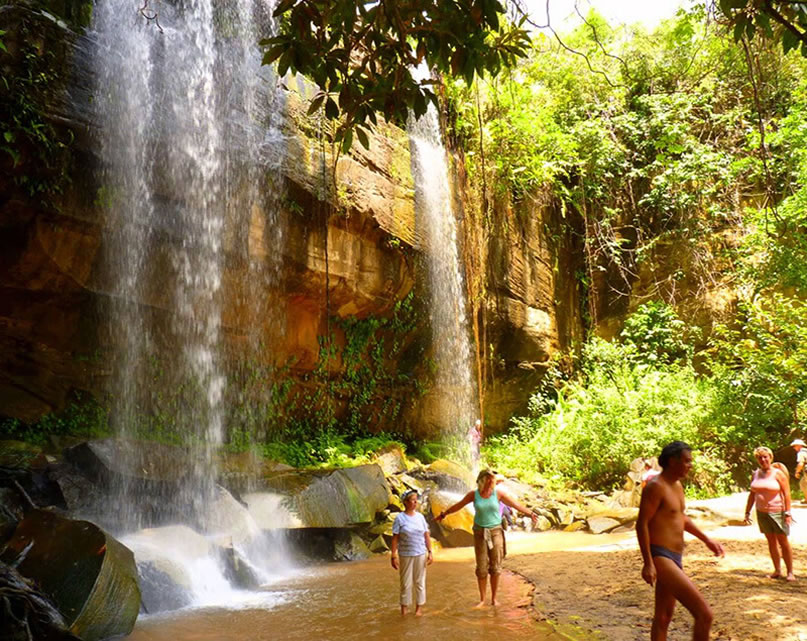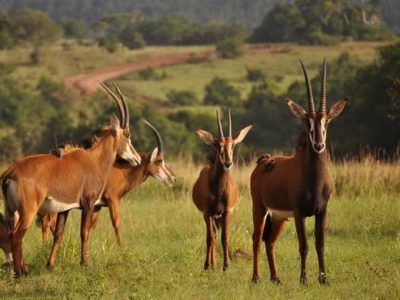Deprecated: preg_match_all(): Passing null to parameter #2 ($subject) of type string is deprecated in
/home/wildlif/public_html/wp-includes/media.php on line
1864
Deprecated: preg_split(): Passing null to parameter #2 ($subject) of type string is deprecated in
/home/wildlif/public_html/wp-includes/formatting.php on line
3479
Shimba Hills is also a nationally important site for birds and butterflies.
As one of the largest coastal forests in East Africa after Arabuko-Sokoke Forest, this reserve is rich in flora and fauna and hosts the highest density of African elephant in Kenya. Other animal species found in the area are Sable antelope, elephant shrew, bushy tailed mongoose and other small mammals like fruit bats. The forest is an important bird area and is endowed with forest birdlife while the grasslands hold localized species such as red-necked-Spur fowl, Croaking Cisticola and Zanzibar Red Bishop. The scenic Sheldrick Falls and the dense Mwaluganje Forest are also found here along with four campsites.
General Information.
The Shimba Hills National Reserve is a small National Reserve in the former Coast Province of Kenya, 33 km from Mombasa and 15 km from the coast. The reserve is an area of coastal rainforest, woodland and grassland. It is an important area for plant biodiversity – over 50% of the 159 rare plants in Kenya are found in the Shimba Hills, including some endangered species of cycad and orchids. It is also a nationally important site for birds and butterflies.
There are estimated to be approximately 700 elephants in the reserve. This population is unsustainably high – it causes significant damage to vegetation, threatening the endangered plant life. The conflict between humans and elephants has also reached critical levels. North of the reserve, the Mwaluganje Elephant Sanctuary has been established to provide a route for elephants to leave the park. The remainder of the park boundary is fenced to prevent the elephants from invading farmland. The Kenya Wildlife Service has plans to relocate up to 400 elephants from Shimba to Tsavo East National Park in 2005.
Shimba Hills contains Kenya's only population of sable antelope. There are about 100 in the park.
Shimba Hills National Reserve is a small national reserve in the former coast province of Kenya, in Kwale County, Kenya. 33km from Mombasa and 15 km from the coast. The reserve is an area of coastal rainforest, woodland and grassland, it is an important area for plant biodiversity over 50% of the 159 rare plants in Kenya are found in the Simba Hills, including some endangered species of cycad and orchids. It is also a nationally important site for birds and butterflies.
Attractions in Shimba Hills National Reserve.
Elephant habitat.
Within the reserve there are over 500 elephants, which causes tense human wildlife conflicts with the subsistence farmers in the area. To help reduce this conflict the Mwalunganje elephant sanctuary was established and shares a boundary with Simba Hills National Reserve providing the elephants a migration corridor.
Sable antelope.
Shimba National reserve is a home to the last breeding herd of Sable Antelope in Kenya, and at the same time you should keep a lookout for these large ebony coloured antelope with their scimitar shaped horns.
Sheldrick water falls.
Sheldrick waterfalls are magnificent feature in the park falling at 21 meters, the waterfalls are wrapped by vines and greenery and also have create a natural plunge pool as it flows, Sheldrick falls facilitate 2 kilometers nature walks from the sheldrick falls ranger post to the park which are loved by most of the tourists.
Various viewpoints.
Shimba National Reserve has various view points in the reserve such the elephant hill which is the best view point for seeing elephants in the reserve as from the hill you get lovely views over the valley towards the oceans. There is also Marere dam which is the clear view for the birds and animals in the reserve, Marere dam has a watering hole which attracts many animals to live in the reserve.
Wildlife.
Shimba National Reserve has a variety of wildlife that is the animals species and the bird species in the reserve that is the endangered Sable Antelope, elephants, giraffes, leopard, genet, civet cat, hyenas, waterbuck, bush pig, buffalo, African bush baby, Bush buck, Coastal Black and white colobus, Blue Duiker, Bush Duiker, Red duiker, Greater Galago, Black –faced Vervet, Monkey, Sykes Monkey, Serval cat, Black and Red Shrew, Knob.
Bird species include the African fish eagle, Black-collared barbet, Brown-hooded kingfisher, crested guineafowl, Golden palm weaver and many others.
Game viewing.
Shimba Hills National reserve, is a home to various animal species that is to the large number of elephants, sable antelope. Though there are also other animal species within the reserve like the waterbuck, Bush Pig, Coastal black and white, Blue Duiker, Serval cat, Red Shrew and among others, but due to thick nature of the reserve of forest game viewing is not all that rewarding as on the savannahs, as many animals spend their time deep in the forest. Though it’s not a bad thing. The best time of the day to go for a game drive would be in the late afternoon, when the cooler temperatures takes the animals out of the shade and seek water.
Guided forest walks.
Guided forest walks in the Shimba Hills National reserve is the right way of connecting guided forest walks as you explore the green forests in the reserve as well as the green trees. On the other hand during the guided forest walks experiences you can spot various animals like the elephants, mottled swift and among others also the bird species can be spotted like the Red-necked spurfowl, spotted ground thrush, Trumpeter hornbill and others. Possible features can be spotted during the nature forest walks like the sheldrick water falls.
Other activities done at Shimba Hills National Reserve includes the Archeological safari, trekking activities which are also enjoyed by the tourists in the reserve.


